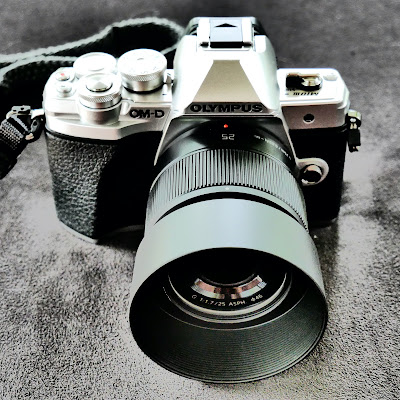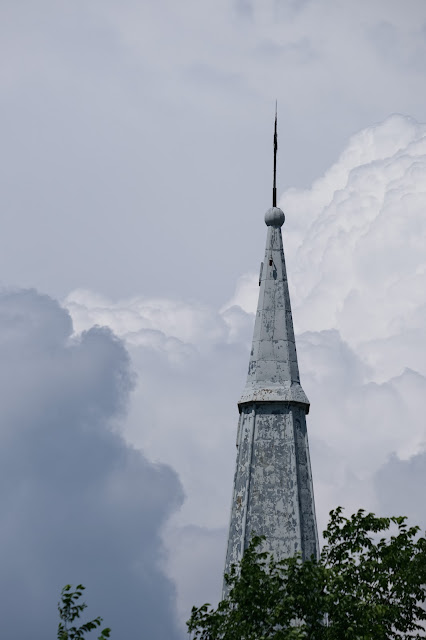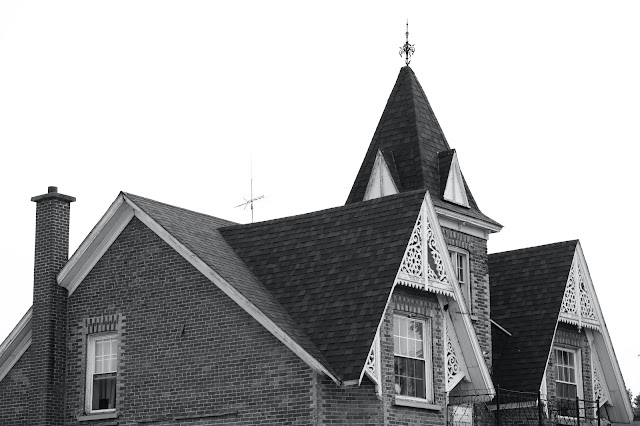
When we speak about the science or the art of creating a compact device of any kind (phone, camera, bag, tent, car), you can be sure to ignite a debate about the criteria to select and use to do so. Sure, compactness is often associate to be small and functional. Sometimes compact designs are cleverly built with a lot of surprising features like our modern cellular phones that are now more miniature mobile computers than simply an audio communication device.
Compactness is also often referred when speaking about the traditionally oriented photo gear. In fact everything may seem to be compact depending the way you are analyze it at first. For example some medium format image sensor camera models (I am thinking about the Hasselblad X1/2D series in particular) have been introduced as compact and handy cameras. By opposite we cannot say the same for some others smaller image sensor format camera models such as the Nikon Z 9 for example.
I love compact cameras since my introduction to analog photography, lets say a few years or decades ago! I can recall using a Fujifilm Fujica GS645 which was at that time a wonderful medium 6 X 4,5cm film format camera that was folding down to fit a larger coat pocket. Although it was a fragile camera in terms of our actual criteria, the Fujica GS645 was delivering outstanding high quality pictures. In one word, compact cameras aren't bulky and heavy photo devices by definition. So, what will be a good comparison between a "full" size camera and a compact one?

To give an example among many others, I have put side by side two Fujifilm X-Mount series models (see
here ): the Pro X-H1 and the diminutive X-S10 assuming that these two will deliver similar picture results and that both models have same basic functionalities especially in regard of internal image sensor stabilization system (IBIS). In terms of dimensions and weight the contrast between the two Fuji cameras is simply spectacular. As a Pro oriented model, the X-H1 is more than 40% heavier than the X-S10 and the X-H1 overall dimensions surpass the latter in height, width and depth. Facing your subject, the Fujifilm X-H1 is a much intimidating camera and further more when you combine it with a Fujinon Pro optic.
On the other side, the Fujifilm X-S10 is a much lighter package, much less demanding to handhold for longer periods of time and less more intrusive for your subject. It is a camera you like to bring with you for travel, urban or casual photography sessions. Coupled with a smaller lens or zoom lens, it is a joy to manipulate and take pictures with its simplified interface and very competent automated modes. Its only real annoyance is the fact that the X-S10 is not a weather resistant (WR) camera model compare to the pro X-H1 which is on its part a true photographic tank.
There will always a debate on how we can qualify something as a compact think. It can be related to physical characteristics or cultural perceptions or to the inner functionalities of the device itself that is replacing larger ones. Today's compact cameras (with the exclusion of the mobil phone category) are becoming rarer in part because photographic gear is now a very niche market (but still with hundreds of thousands users😉). Camera manufacturers are limiting their offer to some specific models such as the X-E, X-S and X-T(2 digits) series in the case of Fujifilm. And compact cameras are now comparatively from the past more expensive to get. But at the end the demand for compact devices had never been stronger than it is at this very moment. People want to be free in their mobility and bring with them less material things than ever. This is a tendency that even the best photo gear manufacturer cannot ignore.
_______________________
P.s. Notes
If you ask me which of the Fujifilm X-H1 or the Fujifilm X-S10 model is getting my preference, the correct answer is that I really cannot tell. Partly because they are so different camera models that comparisons seem to be irreconcilable. In brief I love to work equally with them. As an ex-professional photographer, the Fuji X-H1 is clearly a superior made (WR) product that shows in every ways like its magnificent electronic viewfinder (EVF), its sturdy interface (dials, joystick, D-pad, push buttons, etc) and its high levels features such as its two-memory cards port, its optional (two power pack) vertical grip.
On the other front, the Fujifilm X-S10 is like a mini simplified version of the X-H1. It is light, small, discrete but competent and sufficiently reactive for a casual photographer like me that doesn't want to always use protuberant photo gear. Moreover, the two Fuji models are sharing the same battery packs (NP-W126S), the obvious same lens mount, the same flash accessories and are using the same memory cards formats (SD). These similitudes are limiting your gear investments and give a further versatility on the spot.
The Fujifilm X-H1 and X-S10 have been already replaced by upgrading ones, X-H2 and X-S20. So it is possible to reproduce the previous duo but at a significant higher selling price level than it use to be (not far from 30% more for the X-S20 and from 40% for the pro X-H2), thanks to the general inflation tendency and the production higher costs. For those who are still interested to get a Fujifilm X-H1 or/and a Fujifilm X-S10, there is always the used market alternative where many of these good products have low shutter count.
Photos-illustrations Daniel M




.jpeg)








